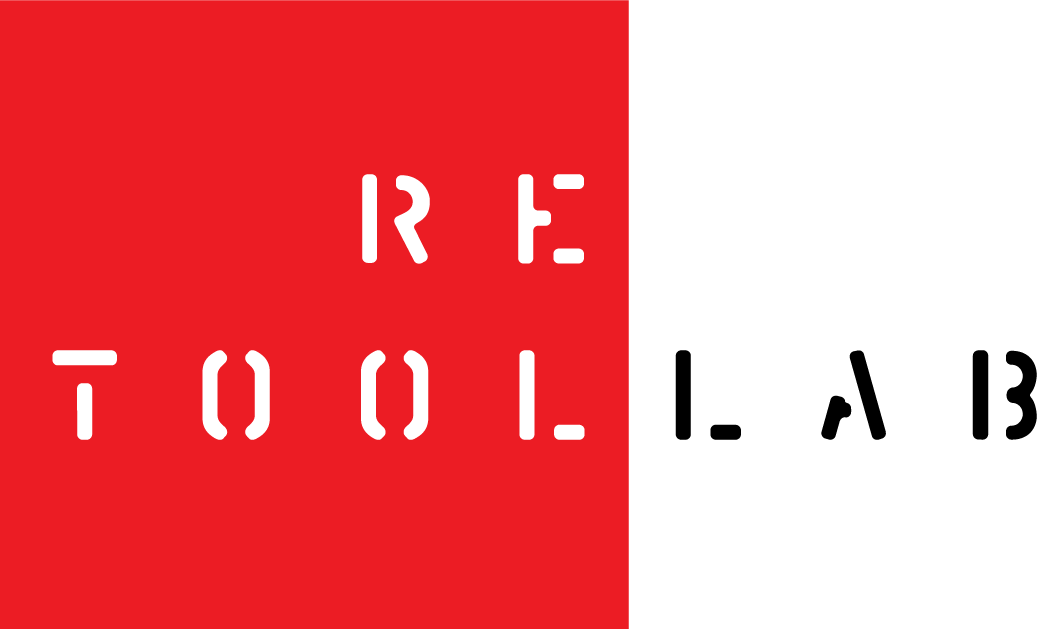The Evolution of Brand Governance
Brand governance mostly refers to the set of policies, procedures, and guidelines that organizations use to manage and protect their brand identity. It involves ensuring consistency and adherence to brand standards across all channels and touchpoints, both internal and external. So, no one could really fault you for thinking “brand police.”
But as with anything “brand,” the thinking on brand governance and brand identity management and usage standards continues to evolve, as it should. Brand is an all-encompassing concept and construct. It is often considered to be the truth of the organization, and the tie that binds all of it together: markets, products, services, culture, operations, etc.
So, it is no surprise that the thinking and conversation surrounding brand governance principles would expand beyond brand simply protection, to also include the following:
Social Purpose
Consumers are becoming increasingly conscious of the social and environmental impact of the brands they use, and are demanding greater transparency and authenticity. Purpose-driven branding involves aligning a brand's identity with its values and mission, and communicating these values to customers through all touchpoints. For brands to adopt and embody – in words but especially in actions – a clear social purpose that is directly connected to their mission, and bring a heightened degree of transparency with regard to their operations and how they do business, is a great way to evidence their commitment to consumer-centricity, and that their purpose and concerns, in fact extend well beyond profits and servicing only their direct customers.
Managing Ecosystems
With the proliferation of digital touchpoints and channels, brands are necessarily adopting a more holistic approach to brand governance, with a focus on creating a unified brand ecosystem. This involves ensuring consistency and coherence across all channels and touchpoints, both online and offline.
This is especially important now that brands are increasingly venturing into the virtual and immersive world of the metaverse. How a brand appears and behaves in a virtual, immersive environment, the type of experiences users will have when interacting with it, will require brand designers to rethink their approach to logo design, visual styling, and identity systems creation. These and other considerations point to one thing: The era of static brands is over. Brand must be able to perform in 4-dimensions across various platforms and environments, and still be experienced in a variety of different yet consistent ways.
The metaverse is predicted to generate up to $ 5 trillion in value by 2030. With numbers like this, one can anticipate all existing brands will also retool and vastly expand their brand touchpoints to optimize how users in the virtual, digital and analog worlds have a consistent yet, domain-relevant experience with the brand.
Employee Advocacy
Brand governance teams may no longer have exclusive control over the brand. There are many stakeholders who have a say on what your brand is or isn’t. A more contemporary (and agile) approach to brand governance may mean letting go of a traditional command-and-control approach and allowing all teams to have their say on how the brand’s assets can be used. This is necessary in response to the ever-increasing influence of social media and the need for customer engagement with authentic brand messaging. This is why many organizations are turning to their employees as brand ambassadors. This involves training and empowering employees to promote the brand on social media, and to act as advocates for the brand in all their interactions.
This doesn’t mean you let go of control entirely. It obviously requires however that all employees – but in particular those with frontline responsibilities, those in sales, customer service and communications functions – be duly trained in the finer aspects of brand governance principles, so that they are knowledgeable and empowered when circumstances require them to stand for the entire company. This needs to happen from the on-boarding process forward. Everyone in the company is a custodian of the brand.
Protection Is Still The Point
With new and even sometimes unforeseen threats arising all the time, safeguarding and maintaining the integrity of the brand are of course still the chief reasons to establish and maintain strong brand governance guidelines, usage standards and enforcement mechanisms. The rise of online piracy and counterfeiting, means organizations must remain vigilant and increasingly invest in brand protection measures to preserve the value of their intellectual property and prevent brand dilution. As always, these include measures such as trademark registrations, the use of increasingly sophisticated online and offline brand monitoring tools, and of course, taking swift legal action against those who would infringe upon, or interfere with your trademarks.
Protecting the integrity of the brand cannot go against the inevitable need to accommodate flexibility in the face of evolving market conditions and technological changes. The key is to maintain coherence and not allow the truth or narrative of the brand to unravel. Maintaining a clear set of guidelines about what’s adaptable and what isn’t, coupled with appropriate levels of training and distributed brand management authority, will be crucial to allow your teams to be free to experiment with your brand when the need arises, and within set limits. In this way, your brand can continue to evolve and adapt in a changing world, without compromising any of its uniqueness and character, or bringing into question its purpose or vision.
Overall, the newest thinking in brand governance emphasizes the importance of authenticity, purpose, and customer-centricity, amidst the need to allow flexibility for the brand to respond to changing technological and market conditions and to provide the types of experiences that meet users’ expectations.
